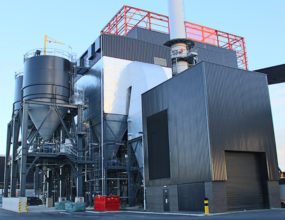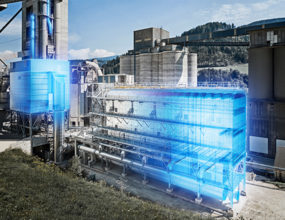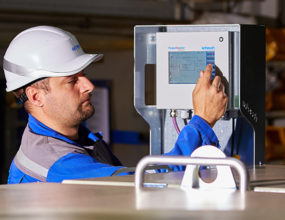EXHAUST GAS CLEANING
VOC, CO and NOx REMOVAL
The requirements for integrated exhaust gas cleaning for VOC, CO, and NOx removal shows that a given system is unique to each facility because of specific process requirements. As an expert of NOx exhaust gas cleaning solutions, Scheuch’s goal is to work with the customer to develop the right process and to provide a turnkey installation – all from a single source. Looking at all types of air pollution control technologies from the project beginning ensures that the very best solution is designed for each application.
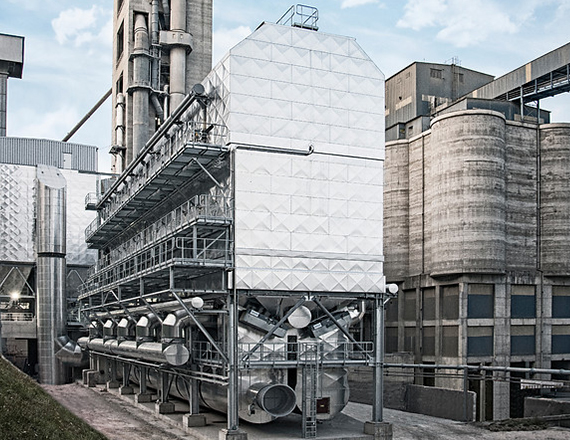
EMISSIONS CONTROL SOLUTIONS
Regenerative Thermal Oxidation
Regenerative Thermal Oxidation (RTO) technology efficiently reduces pollutants such as VOCs and unpleasant odors. Since the energy required for thermal oxidation can largely be recovered when it flows through the ceramic heat exchanger towers, this saves on fuel use and the associated operating expenses.
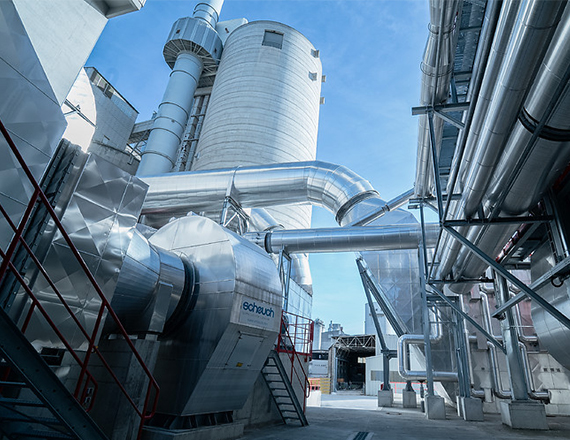
EMISSIONS CONTROL SOLUTIONS
Selective Catalytic Reduction
High-Dust SCR
In a high-dust circuit, the exhaust gas exits the pre-heater at a a temperature of 572-716o F (300-380o C), which is the ideal temperature range for catalytic denitrification. Depending on the specific requirements, multiple catalyst layers can be integrated into a single reactor to allow the required emissions level to be maintained. The dust-laden exhaust gas (dust content up to 200 g/Nm3) is conveyed vertically downwards. To prevent the channels from becoming clogged, each catalyst layer is cleaned during operation by means of efficient cleaning technology. By taking advantage of the temperature level, heating of the exhaust gas is unnecessary, which has a positive effect on operating costs.
Semi-Dust SCR
The process involves installing a pre-separator in the form of a dry electrostatic precipitator (ESP) for temperatures up to 752oF (400oC) upstream of the catalyst and directly downstream of the heat exchanger, as is the case in high-dust circuits. A gas conditioning tower, which can be integrated into the catalyst system as an option, then ensures the maximum filter inlet temperature for the EMC bag filter.
Low-Dust SCR
A significant portion of the exhaust gas heat used for drying raw materials and fuels leaves the dust collector at a temperature of 212-248o F (100-120o C). The temperature of the dedusted exhaust gas is usually too low for any breakdown to occur in the catalyst, so temperatures of 428-572oF (220-300o C) are required. With heat exchangers, some of the energy that must be used for heating can be recovered. In normal operation, only the temperature loss of the heat exhanger needs to be compensated for using and external energy source such as heat displacement from other exhaust gas flows and natural gas burners. The advantage of this circuit type is that relatively low catalyst volumes can be used because of the dust-free exhaust gas. As a result of this dust pollution, the catalyst can be expected to offer a long service life.
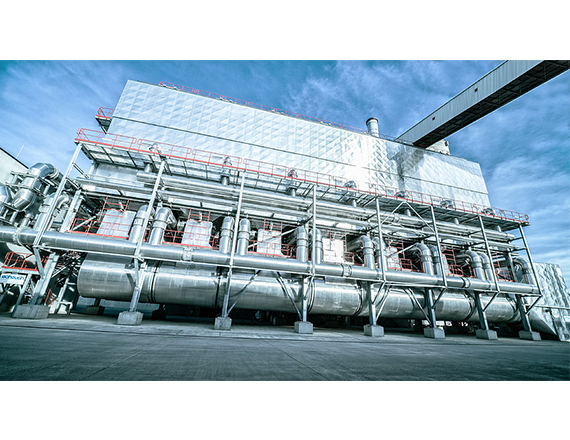
EMISSIONS CONTROL SOLUTIONS
deconox
The unique deconoxTM process developed by Scheuch uses energy pulled from exhaust gas to breakdown other pollutants, such as nitrogen oxides and organic compounds. This leads to a significant reduction in emissions into the environment and prevents offensive odors. Since the residual energy can be fed back and reused into the production process, facility owners can see operational savings.
The deconox process combines Regenerative Thermal Oxidation (RTO) with a low-dust Selective Catalytic Reduction (SCR) into a single system.
The breakdown of NOx takes place through catalytic reduction using ammonia and the breakdown of carbon compounds takes place through combustion (thermal oxidation in the combustion chamber). The heat arising in the after-burning process covers at least part of the thermal energy requirement for the NOx reduction, which is necessary in order to reheat the flue gas to the required operating temperature of the catalytic converter. As a result, the energy expenditure of the deconox process is reduced considerably in comparison to a low-dust SCR.
deconox models are available with three, five, or seven towers for use in large industrial facilities depending on volumetric flow.
Features and Benefits:
- One system for reducing CO, NOx, and VOC
- Reduce NOx up to 90%
- Reduce CO and VOC up to 99%
- 30 mbar pressure drop (flange/flange)
- Autothermal operation option
- Use of secondary fuels or secondary raw materials option

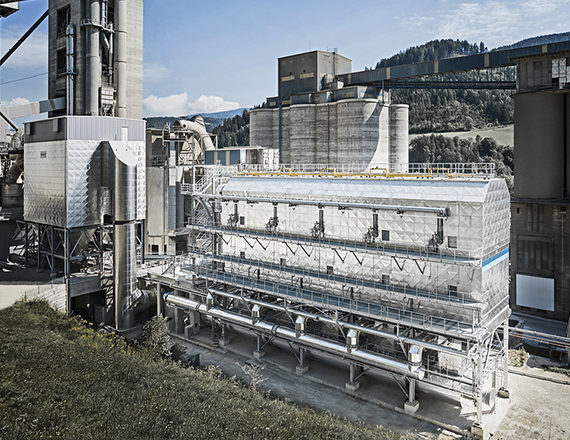
CONTACT US
SALES & SERVICE
Daniel Locke
1-260-226-1035
SPARE PARTS
James Reynolds
1-913-951-8586
TECHNICAL ENGINEERING
Martin Hermandinger
"*" indicates required fields


